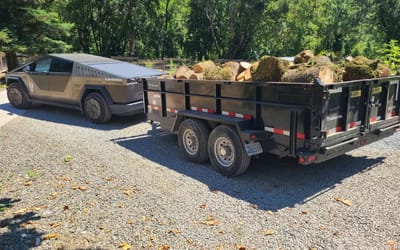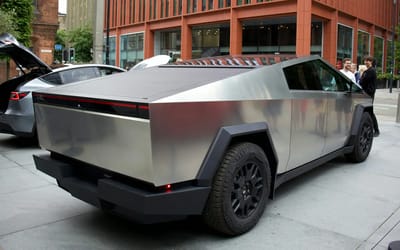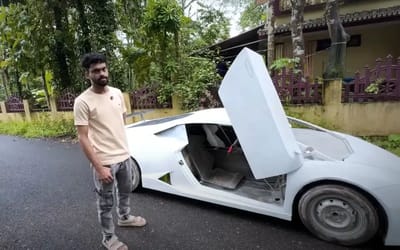The reason why some cars have 4 pedals
- If you’re used to two or three pedals in your footwell – a fourth might take you by surprise
- There are several reasons why that pedal might be there
- Let’s take a closer look
Published on Jul 26, 2024 at 7:23 PM (UTC+4)
by Amelia Jean Hershman-Jones
Last updated on Jul 29, 2024 at 8:33 AM (UTC+4)
Edited by
Tom Wood
If you’re used to a two – or even three-pedal car – you might be surprised to see some cars boasting four pedals in the driver’s footwell.
Having four pedals seems to have been a real trend in cars built before the 1950s.
Let’s take a closer look.
DISCOVER SBX CARS: The global premium car auction platform powered by Supercar Blondie
Four pedals
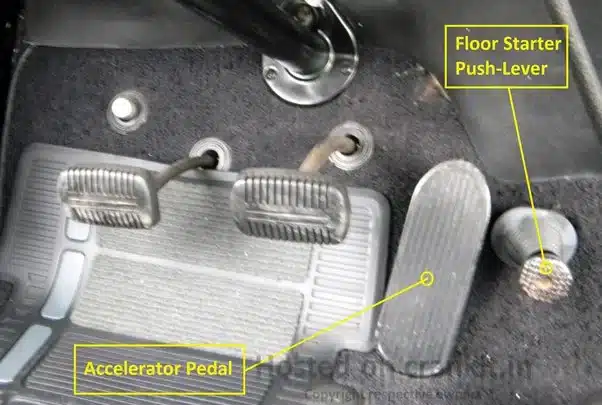
Like everything else in life – automotive trends come and go.
The fourth pedal in the footwell seems to be no different.
Few of us will have driven a car with four pedals – so let’s break it down.
From left to right, you have your clutch pedal, brake pedal, accelerator pedal, and starter pedal.
Why was the starter pedal needed?
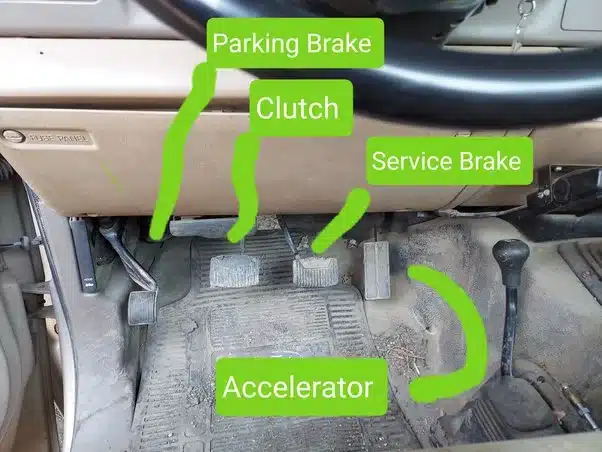
“Before the 1950s it was common to have a mechanical linkage that was more than just a switch rather than using a solenoid relay.
In fact, it moved the starter gear to engage the teeth on the flywheel and close the contact to the starter motor,” explains car enthusiast Steve Heard on Quora.
There was commonly a fifth foot-operated high/low beam switch too.
Complicated.
According to fellow contributor to the thread, Denis O’Sullivan, the ‘pedal actuated starter’ on this image of a 1941 Chevrolet, is the rightmost pedal.
Jonathan Johnson added that more recently, cars with ‘traditional manual transmission’ will have an accelerator, brake, and clutch as well as an emergency or parking brake (other cars had a hand level for this function).
The manual car is making way for the automatic in America
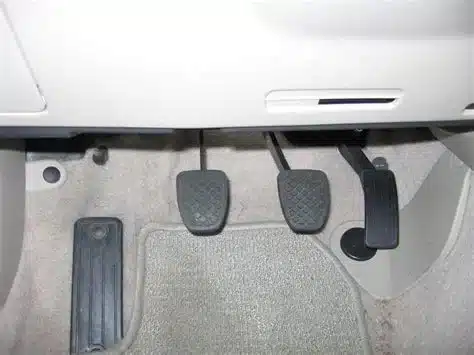
Many manual transmission cars have three pedals with a footrest on the left, Daniel Wallander added.
However with only two pickup trucks with manual transmission left in America – these are also rarer than ever in the US.
Given how baffling automatic drivers have found manual cars, it’s hard to imagine this trend will be reversing anytime soon.
America seems to be leading this switch to automatic with Europe sticking to their manual cars.
In fact, these thieves in Seattle, US, were so baffled by their manual loot that they had to leave it in the parking lot and abandon their crime.
The amount of manual cars sold each year in the US is on the decline – but did see a small uptick – or up-stick, if you will – between 2021 and 2023, going from less than 1 percent of all cars sold to 1.7 percent.

All Supercar Blondie contributors undergo editorial review and fact-checking to ensure accuracy and authority in automotive journalism. After gaining her BA Hons in French and English at the University of Nottingham, Amelia embarked on a vocational diploma from the National Council for the Training of Journalists (NCTJ). This led to numerous opportunities, from interning at Vogue to being on the small team that launched Women’s Health magazine in the UK, which was named the PPA Consumer magazine of the year for three years running. As Health, Beauty and Fitness editor, Amelia personally received a Johnson & Johnson Award and was shortlisted for both PPA and BSME titles. Since then, Amelia has created content for numerous titles and brands, including the Telegraph, 111 Skin, Waitrose, Red magazine, Stylist, and Elle, as well as being Head of Content at Vitality and Editor in Chief at INLondon magazine. “My superpower is translating technical jargon about the mechanical workings of a supercar into a relatable story you’ll want to share with your friends after you’ve read it.” After joining the SB Media family as a senior journalist in September of 2023, Amelia’s role has evolved to see her heading up the SEO output of the editorial team. From researching the most ‘Google-able’ key terms to producing evergreen content - it’s been a time of hard work, growth, and success for the editorial team and the Supercar Blondie website. “I like to think of myself as a ‘method journalist’. In other words: I live and breathe whatever I am writing about. When writing about fitness, I trained as a personal trainer, and as a beauty editor, I completed an ‘expert’ in scent diploma with the Fragrance Foundation. “During my tenure at Supercar Blondie, however, I did something I never thought possible: I passed my driving test at the age of 36. One day I’d love to train as a mechanic to better understand what happens under the hood, too. “My sweet spot is providing readers with a ‘takeaway’ (read: something new they didn’t know before) after reading every one of my stories. While I don’t claim to be an expert in the automotive world, I know the experts and bodies in the field to rely on to provide our readers with an informative and thought-provoking story every time they visit the site.”
